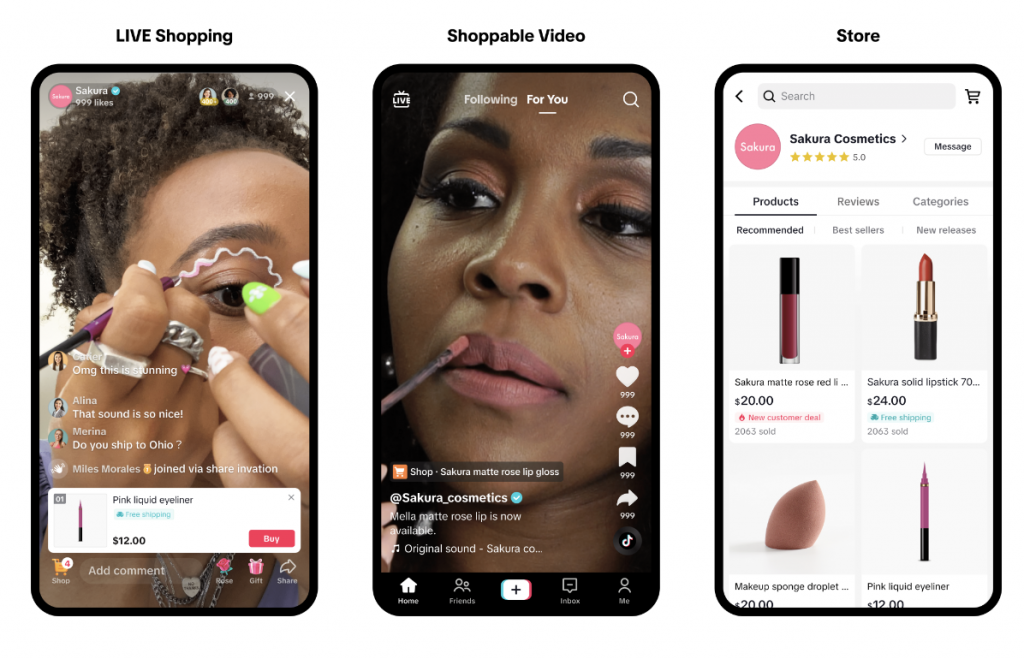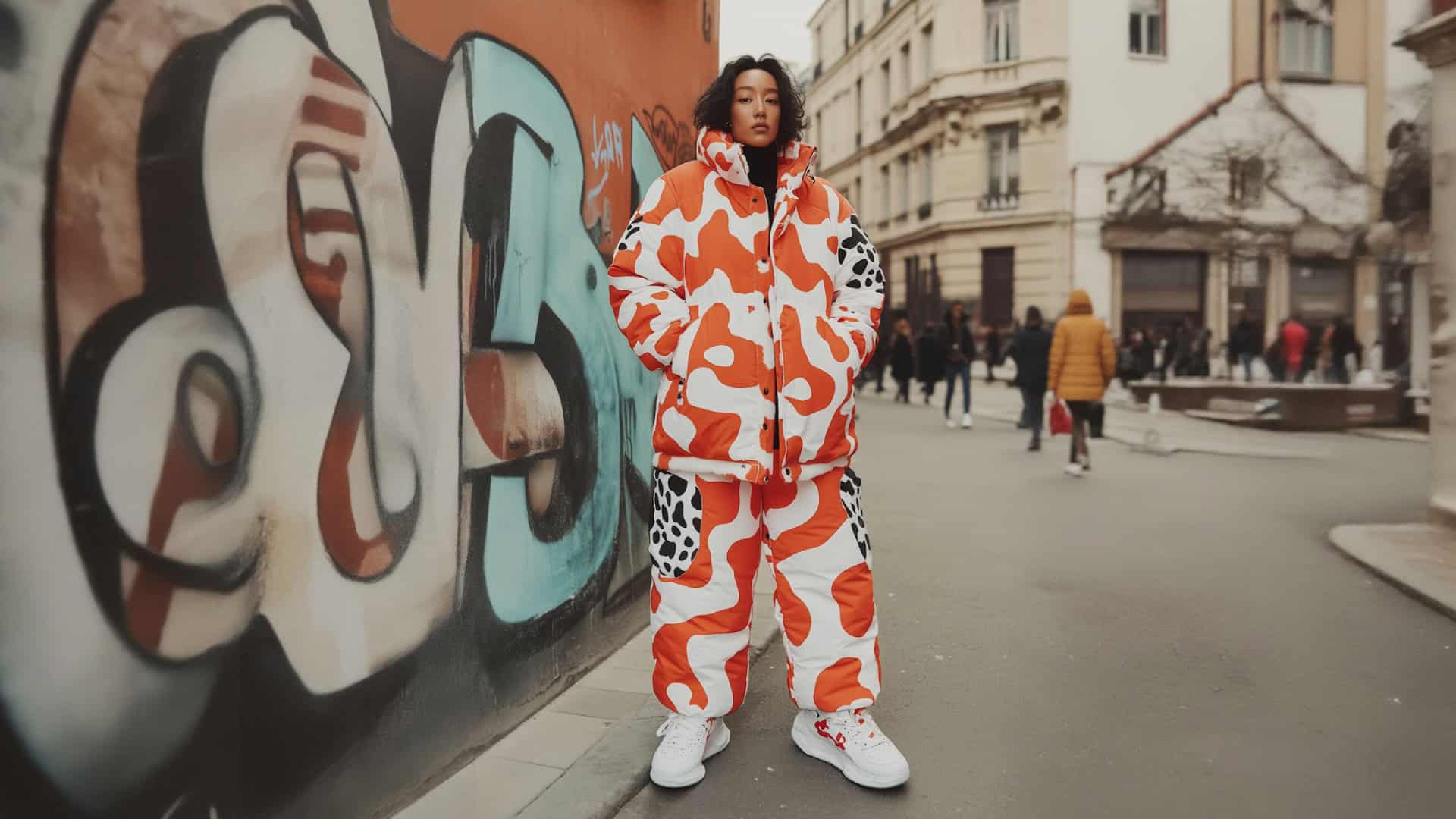
A Brand Guide to E-commerce Influencer Marketing
In the last 12 months, how many online purchases do you think you’ve made? If you’re anything like me the answer is (embarrassingly) too many to count. The global e-commerce industry is big. Like, really big. In fact this year, global e-commerce sales are expected to reach a whopping $6.33 trillion.
While on the consumer side, online shopping is as easy as sitting on the sofa, clicking the mouse and waiting for a parcel to arrive, the business side lives in a highly competitive, highly saturated landscape in which every online retailer needs to fight for consumer attention. So, how do brands get to the top of the pile? You guessed it; influencers.
While our $24 billion industry now seems somewhat smaller compared to the titan of e-commerce, it’s almost impossible to ignore how effective it can be for driving brand awareness and sales performance, at scale, across every industry. So, let’s unpack why e-commerce brands can and should leverage the power of influencers to take things to the next level.
Why do brands need E-commerce influencers?
This year, over 50% of e-commerce brands will allocate at least 20% of their marketing budget to influencers.
It’s little wonder when you consider that 40% of consumers make purchases based on influencer recommendations. The influence of an influencer transcends that of traditional advertising, they can speak directly to a brand's target audience through creative and engaging content that ensures tangible results and strong ROI.
Tapping into social media:
Social commerce has emerged as a key player in the e-commerce sphere. Platforms like Instagram and TikTok shop have grown to become homes for online buying, people no longer go there just for purchase inspiration, they’re actually spending money, thanks to the all-in-one ability to showcase, promote and sell products natively in scrolling feeds.

While these platforms have taken a little while to catch on with users in Europe, they’re now a dominant way for small or large brands to shift their products online. Those brands looking to target Gen-Z audiences especially need to be utilising TikTok shop, as adults between 18 to 24 are 3.2 times as likely to make a purchase on here than the general adult population.
Oh, and before you think your audience is too old to live on TikTok, it’s been skewing older for several years now. In fact, 52% of millennial users bought a product because they saw it on TikTok in the last 12 months!
Audience Targeting:
Due to the sheer amount of e-commerce influencers out there, the likelihood of finding those whose audiences align with your brands’ is very high. This makes partnerships with influencers not only seamless but also incredibly relevant.
This creates increased trust in your brand and the products you’re aming to sell. Influencers come with the benefit of having an established relationship with your target audience, they like and trust them, making the chances of a purchase far more likely.
ROI:
This year, HubSpot reported that influencer marketing is one of the top three strategies delivering the highest ROI of all marketing channels. While there are several parameters for measurement, in the e-commerce influencer marketing space, this applies to sales generated from influencer activity.
We know from experience that for marketers to increase their chances of higher ROI, campaigns need to be always on. This allows marketers the flexibility to be more reactive, and creative and constantly hitting the right audience with the right products. When done correctly campaigns will convert attention into action, and action, into revenue.
Tips for E-commerce influencer marketing
Establish clear goals for your campaign - We’re not trying to teach you to suck eggs here, but you’d be surprised how many briefs we receive without having this established early on. We have a full guide to nailing your influencer marketing brief which you can check out here.
Don’t let follower counts sway your decisions - More on this below.
Select the right channels - Where is your target audience consuming content? Where are they most likely to go to for purchase inspiration or to actually buy? We’ve touched on the power of social commerce above, but beyond this, there are creators on nearly all platforms able to promote and sell your products through wider tactics like affiliate marketing.
Integrate products within engaging content - Influencer content needs to be scroll-stoppingly eye-catching to help you stand out from your competitors and demand attention and action from potential consumers. This brings us nicely to our next tip.
Give influencers creative freedom (to an extent) - No one knows an influencer’s audience better than they do. While providing talent with creative briefs is a necessary step in running a campaign, influencers need the freedom to incorporate your products into their own content styles, which their audiences will recognise and engage with.
Authenticity and Transparency are key - Yes, they’re buzzwords that get thrown around the topic of influencer marketing a lot, but that’s for a reason. 60% of TikTok users say that it's important for ads to be transparent - social media users are quick to spot inauthentic partnerships between brands and creators which can be harmful for your brand. Ensure your campaigns align with the influencers you choose, and they are completely transparent about your brand and products.

How to find the right E-commerce influencers
No matter the campaign, proper influencer selection is the key to success. E-commerce influencer marketing is no different. While the allure of big followings may seem like the obvious way to go for brands attempting to run a campaign, this is rarely an effective strategy for brands aiming to drive sales performance.
Effective influencer selection should consider more than just vanity metrics and look at the actual impact they can have on your brand. Nano (<10k) and Micro-influencers (<100K) have stepped into the fore as influencer marketing’s secret weapon.
47% of marketers saw the most success with micro influencers in 2023 thanks to their smaller, but highly engaged audiences. These influencers are not only less expensive to form long-term partnerships with, but hold more actionable influence and have proven to be the bread and butter of influencer-led performance activity.
Don’t get me wrong, there’s still a place for those with 1m+ followers, if you’re aiming to achieve awareness at scale, then these influencers can help you cast a wider net.
At Disrupt, our team of experts always begin by defining clear objectives and setting budgets that align with our client’s overall marketing strategy. This ensures that our collaborations with influencers are both effective and efficient, allowing us to maximise the impact of our campaigns. Agencies like ours will always be the most efficient way of securing the best influencer partnerships and achieving influencer e-commerce success.
When E-Commerce and influencers work well
During London Theatre Week 2023, Disrupt partnered with TodayTix to help maximise ticket sales with the power of e-commerce influencer marketing. The campaign aimed to promote the arrival of London Theatre Week and drive ticket sales through engaging content from influencers, with a primary focus on driving ROI for the client.
To achieve success with this campaign we identified London-based influencers in the 'Travel and Lifestyle' and 'Parenting/Families' spaces, securing five influencers who were a natural fit for the campaign’s target audience.

Instagram was the platform that best aligned with the campaign objectives, as influencers could easily share clickable discount codes in their Instagram stories and generate content for further paid social activations.
The results were outstanding. Several pieces of content went viral, amassing millions of views. The discount codes shared by our influencers led to 1,348 transactions, generating a campaign profit of £30.1k, equating to a total ROI of 1.9. The campaign also delivered nearly 3.5 million impressions, surpassing expectations by 2,115%.
As we begin to look ahead to Q4 and the key commerce periods that come with it, we’re ready and waiting to leverage the power of influencers to drive sales performance for e-commerce brands. Are you ready to get Disruptive? Send us a brief today.







